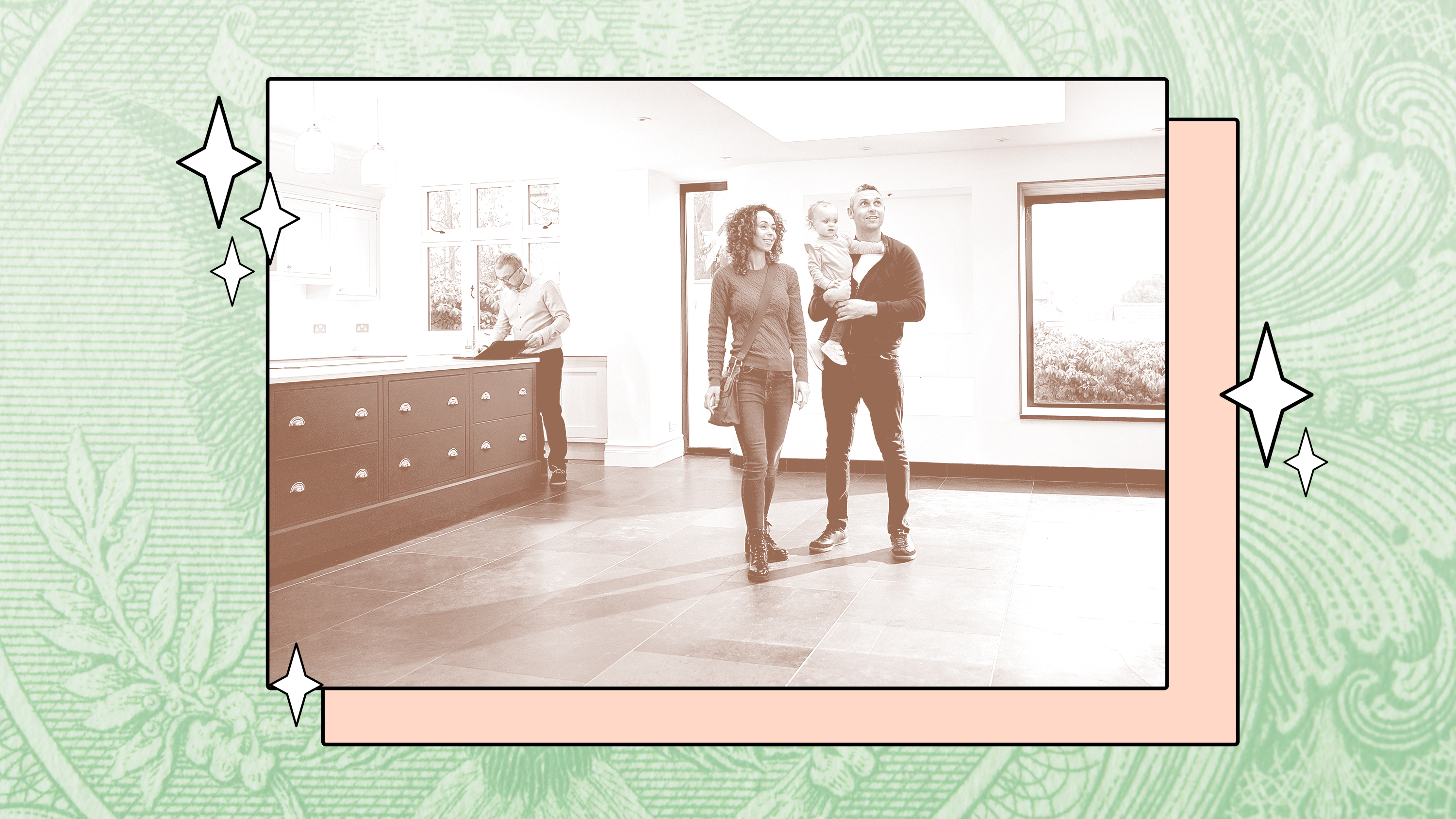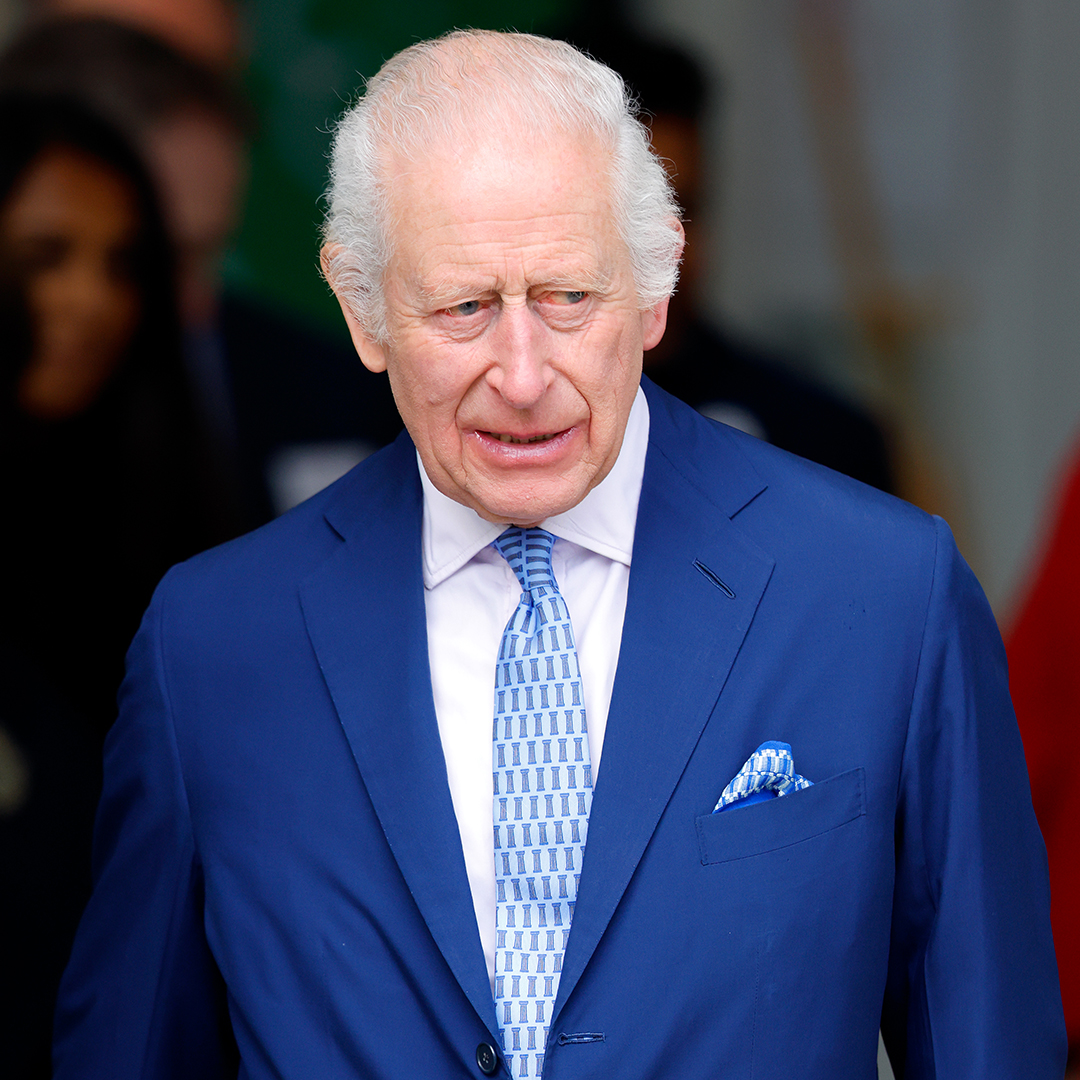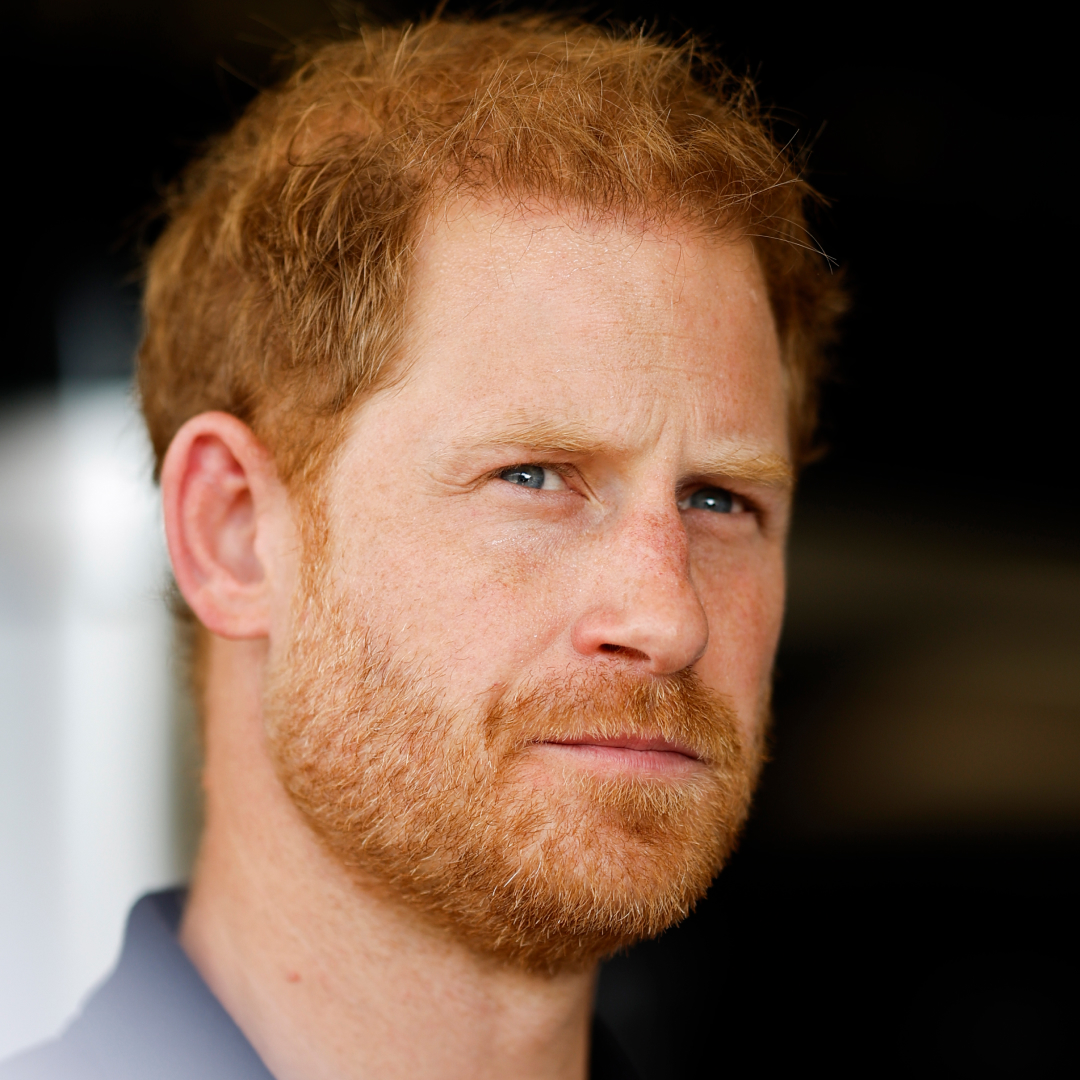How to Invest in Your 30s, According to a Financial Expert
Meet the twists and new considerations of your thirties head-on to make this your most lucrative decade yet.

Investing in your thirties is not that dissimilar from investing in your twenties, but this decade does tend to come with some more twists and considerations. Let’s start with a refresher on the most important thing to continue doing from your twenties: maxing out your retirement.
Invest in Retirement
The biggest investment priority in your thirties should remain your retirement account. As of 2022, you can invest up to $20,500 in a 401K and up to $6,000 in an IRA. That means you can set aside up to $26,500 each year, invest it, and allow it to grow in a tax-advantaged way. This limit applies to individuals, so if you’re partnered, that’s $53,000 your household can save annually for retirement. Here’s how to get started:
- Check if your employer offers a 401K match. If you’re not sure, check in with HR. Match programs vary greatly, but many employers will either match up to a percentage of what you contribute. (Note that matches are sometimes on a vesting schedule, meaning that you have to stay with the company for a certain period of time to actually redeem your match dollars). The best news here is that employer matches do not count toward your overall 401K limit, so, in other words, you can invest up to $20,500, and your employer match is on top of that. To encourage employee participation in 401Ks, many companies now auto-enroll employees in plans and automatically increase the percentage of employee contributions. Ask HR what your company’s policy is and make sure your personal settings are in line with the contributions you actually want to make.
- Look for Roth options. Both 401Ks and IRAs come in two main flavors: traditional and Roth, two terms that refer to how they’re treated by the IRS. When you invest in a Roth IRA or 401K, your contributions are post-tax dollars, so when you withdraw funds in retirement, you’ll take them out tax-free. Roth accounts are a smart option in your twenties because you’re making the bet that your current tax burden today will be lower than a few decades from now as you near retirement. If you don’t have access to a 401K through work, you can set up an IRA quite literally anywhere that you have an investment account, like Charles Schwab, Fidelity, or Vanguard.
- Check out target-date ETFs. Contributing to your retirement account is not the same as allocating your retirement balance into investments. Double-check that you’re not leaving a cash balance there but you’re actually setting (and forgetting) these funds into target-date ETFs, which update their risk levels depending on how far you are from retirement. In your twenties, you still have decades of work before retirement, so you have time to take on more risk now. These ETFs are often labeled by anticipated retirement date, so if you’re 35 today, you’d be a good fit for a “Target Retirement 2055” fund. (Not sure where to find these? Just use the chat feature on your financial institution’s site.)
- Let your retirement funds grow. As soon as you contribute money to a retirement account, consider it off-limits until you actually retire. The IRS has early-withdrawal penalties in place, so if you take money out of these accounts before age 59 ½, you’ll be hit with a 10 percent penalty. (There are some exceptions, like first-time home purchases, but taking money out of retirement should always be a last resort and one you discuss with a tax advisor first).
- Don't delay the rollover. Last but not least, one challenge of 401Ks is managing old accounts as you move around between companies. It’s recommended that you consider rolling over old accounts into current ones, so you get a better snapshot of your retirement savings all in one place. Doing a rollover can have tricky tax implications, so consult an expert or explore a tool like Capitalize to make it easy.
Next, Invest in a Proper Financial Plan and CFP®
Once you’re on track with maximizing your retirement savings, it’s time to invest in a financial plan. Simply put, a financial plan is a roadmap that every single person should have around their financial life. A holistic financial plan covers some major topics: your budget (where your dollars are going each day, month, and year); your future savings goals (think: buying a car, buying a home, children—yes, they are expensive!); insurance (from renters and homeowners to auto to life); investing (how to diversify your portfolio beyond retirement), and finally, estate planning (wills and documents to protect your family).
At its core, the process of creating a financial plan pushes you to think about all of the goals you’re working towards this decade and ensures you’re allocating each dollar that comes in to the best spot. To create your plan, consider working with a Certified Financial Planner ™. I think of CFPs® as “doctors” of money – they are fiduciaries who can help you map out a financial game plan. The CFP® board has a great resource, called Let’s Make a Plan, that can help you find a fee-based financial planner to work with.
Invest in Your Home (but within your means!)
The final big place to consider investing in your thirties are your core assets – things you will hold onto for the next decade. For many people, investing in a home is a good place to build your assets up over the long-term. A few ground rules if you’re considering buying a home:
- Save up so you can commit to at least a 20% down payment.
- Ensure that your all-in mortgage costs, PITI (which stands for Principal, Interest, Taxes and Insurance) are less than 35% of your household’s monthly take-home pay. To use easy numbers, let’s say your household takes home $10,000 each month after taxes. Your mortgage costs should not exceed $3,500.
One of the best financial pieces of advice I ever received from a mentor was to always live beneath your means when it comes to your home. Housing costs are typically our largest monthly expense, so giving yourself more room here in your budget will give you extra flexibility to save and invest in your other goals. And, if you work from home, remember that this can be tax-deductible as well, so bring it up to your accountant during tax season.
So to recap, your first priority is to continue to invest in your retirement. Second, invest in a full financial plan so that you understand how all of your finances fit together. At LearnVest, where we built financial plans for people across the country, I saw firsthand how safe and secure people felt when they knew what they needed to do with every dollar. And third, invest in your home and wherever you live. Happy investing!
Stay In The Know
Get exclusive access to fashion and beauty trends, hot-off-the-press celebrity news, and more.
How to Invest in Your 20s

Your twenties are the perfect time to lay the foundation for a strong financial future.
Your Complete Guide to Investing

The secret’s out: You can’t save your way to wealth. To build true wealth for yourself, you need to invest.
Retirement Planning for Your Future, Fabulous Self

Whether you're a Millennial, Gen-Z, or even a Gen-A employee, one day you'll retire from the workforce. The hope is that our younger selves have saved appropriately so we can live out our golden years comfortably—and perhaps more fabulously and worry-free than you ever imagined.
Alexa is the founder and managing partner of Inspired Capital.
Prior to Inspired Capital, Alexa founded LearnVest in 2008 with the goal of helping people make progress on their money. After raising nearly $75 million in venture capital, LearnVest was acquired by Northwestern Mutual in May 2015 in one of the biggest fintech acquisitions of the decade. Following the acquisition, von Tobel joined the management team of Northwestern Mutual as the company’s first-ever Chief Digital Officer. She later assumed the role of Chief Innovation Officer through which she oversaw Northwestern Mutual’s venture arm.
-
 Palace Employees "Tried" to Get King Charles to "Slow Down"
Palace Employees "Tried" to Get King Charles to "Slow Down""Now he wants to do more and more and more. That's the problem."
By Amy Mackelden Published
-
 The Special Gift Lilibet Received From "Papa" Prince Harry
The Special Gift Lilibet Received From "Papa" Prince Harry"Made with love."
By Amy Mackelden Published
-
 Kendall Jenner Trades Her Coachella Bag for a $5,600 Tote
Kendall Jenner Trades Her Coachella Bag for a $5,600 ToteThe model took her rich-girl aesthetic all the way to the desert.
By Amy Mackelden Published